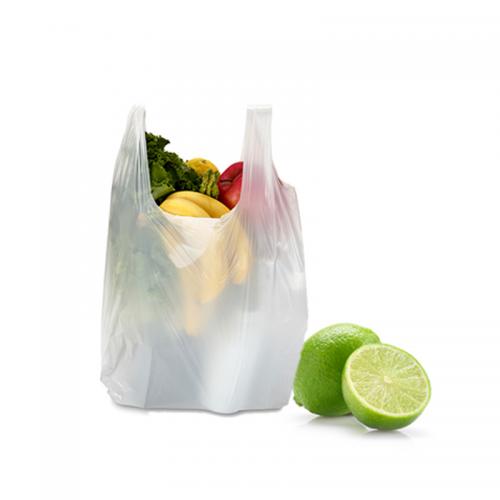Talking about the Recycling and Utilization Of Polystyrene Foam

Polystyrene plastic (PS) or polystyrene foam (PSF) is one of the most widely used plastics in the world. He is a thermoplastic, with the third largest output after PVC and polyethylene. Polystyrene and its products are widely used in various packaging materials, advertising decoration, foam insulation materials, cushioning materials and disposable tableware. However, because PSF is mostly one-time application, it is easy to cause waste and its product density is small (usually 0.015-0.03). It is bulky and difficult to degrade. In addition, the toxic substances carried by the waste PS foam itself will pollute groundwater and damage the soil structure, becoming White pollution. It is necessary to recycle and use polystyrene and its products, which can reduce its environmental pollution and save resources to achieve economic benefits.
Recycling technology of waste polystyrene foam:
As white pollution becomes more and more serious, governments of all countries attach great importance to the recycling and utilization of polystyrene foam. With the efforts of a large number of scientific researchers, the recovery technology has made some progress.

Biodegradable Plastic Bag
Biodegradation:
Turning polystyrene foam into biodegradable foam blocks is one of the simplest and most direct treatment methods, which can control the environmental pollution problem of PSF from the source. Canadian company Cascades has developed a special additive TDPA that can accelerate the oxidative degradation of polystyrene foam. The PSF added with this additive has no change in performance, but it is exposed to oxygen, heat, ultraviolet radiation or mechanical stress. Under the action, it can be turned into a fine powder that can be absorbed and digested by bacteria and other microorganisms, and the oxidative degradation time is about 3 years. This technology has been applied to the Bioxo series products of Cascades.
Researchers at the National University of Ireland and the University of Hamburg in Germany have developed a two-step process that converts waste polystyrene into a biodegradable plastic bag. The first is to pyrolyze polystyrene to styrene. Oil, and then using a kind of bacteria to convert styrene oil into polyhydroxyalkanoate (PHA) under nitrogen atmosphere, PHA is a biodegradable material, which can further produce general-purpose thermoplastics. Biodegradation technology is relatively high in content, and some breakthroughs have been made in this area, but there is still a long way to go before large-scale industrial application, which needs to be tested and developed in practice.
Post Your Ad Here


Comments